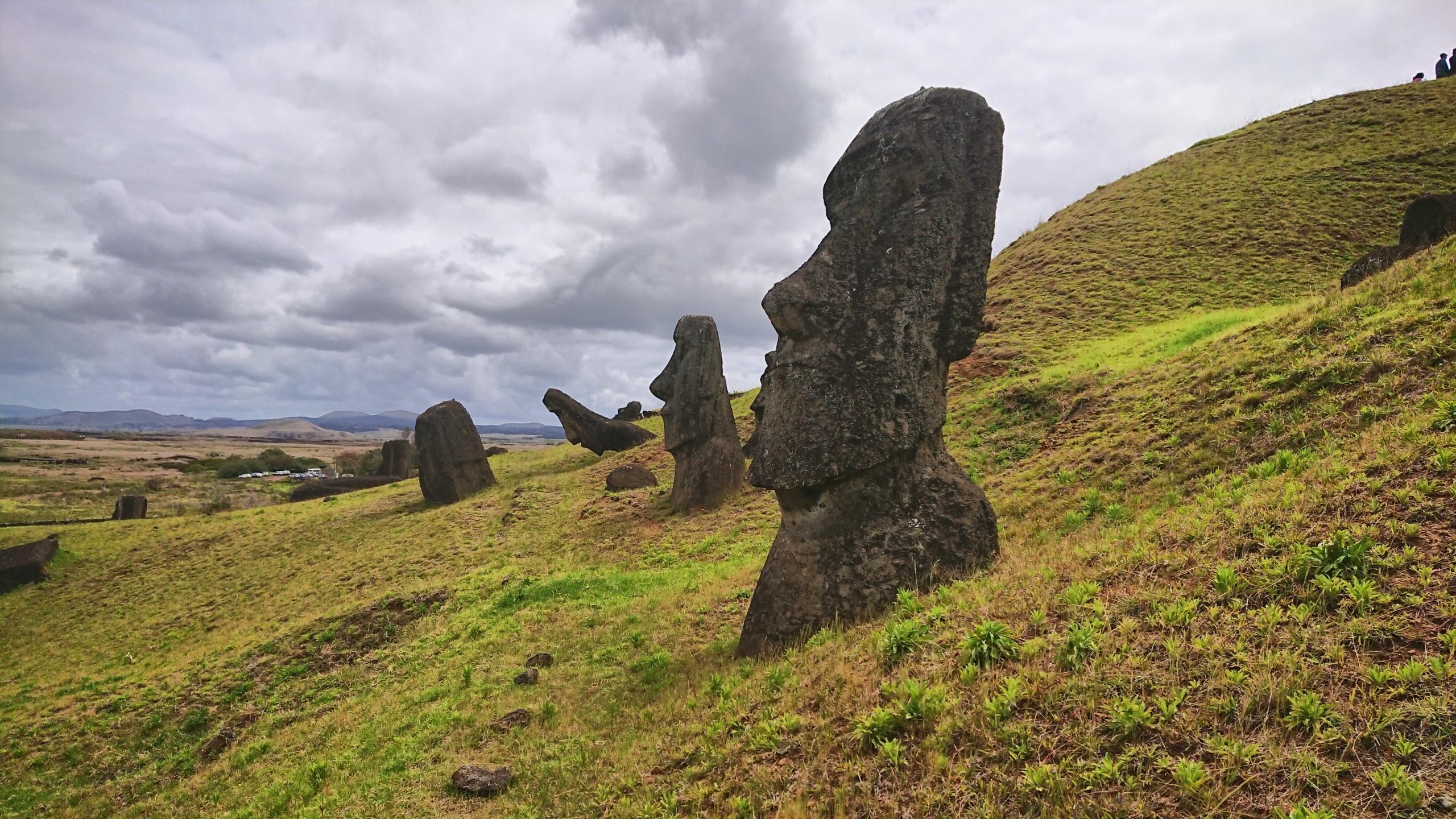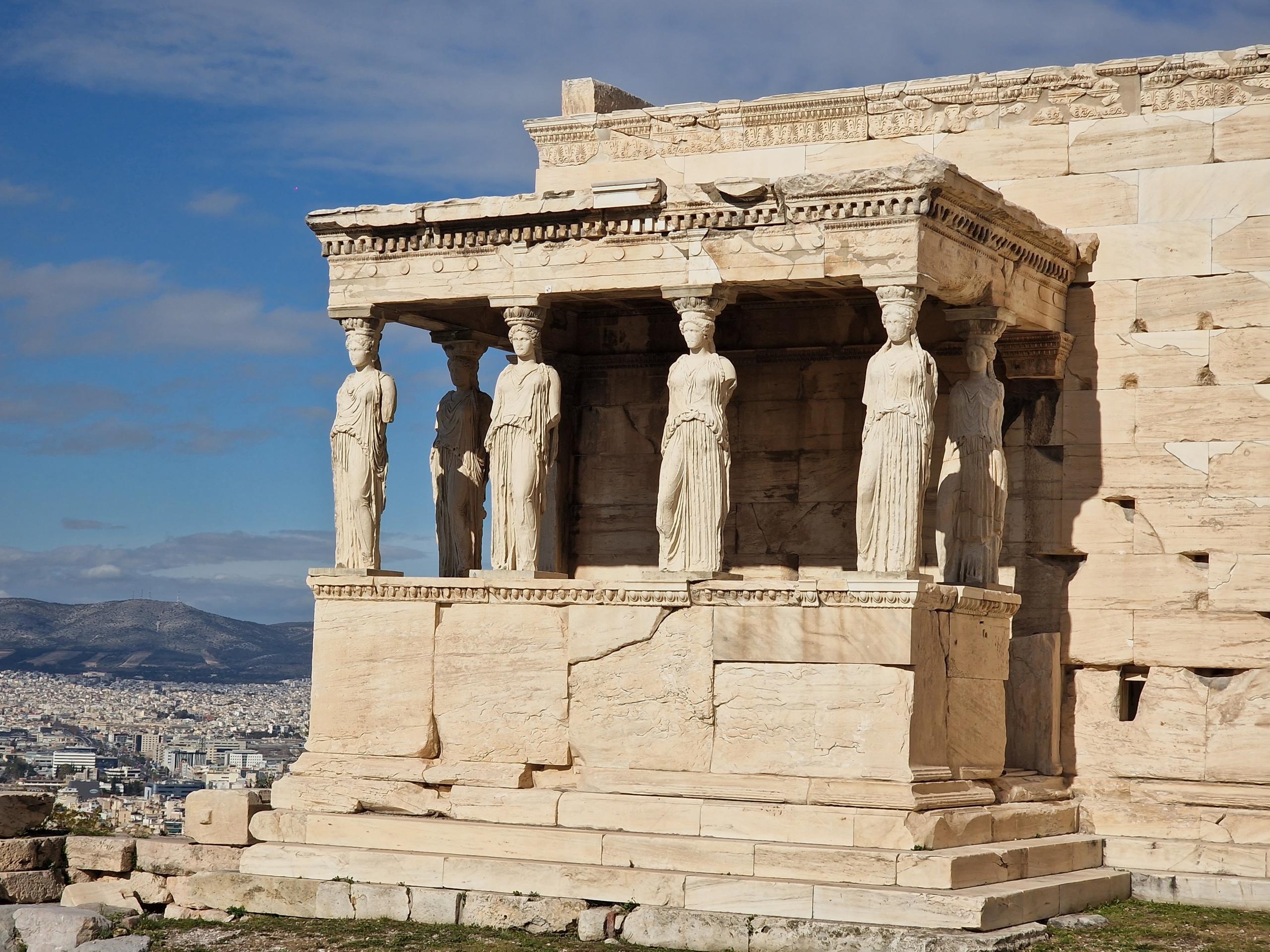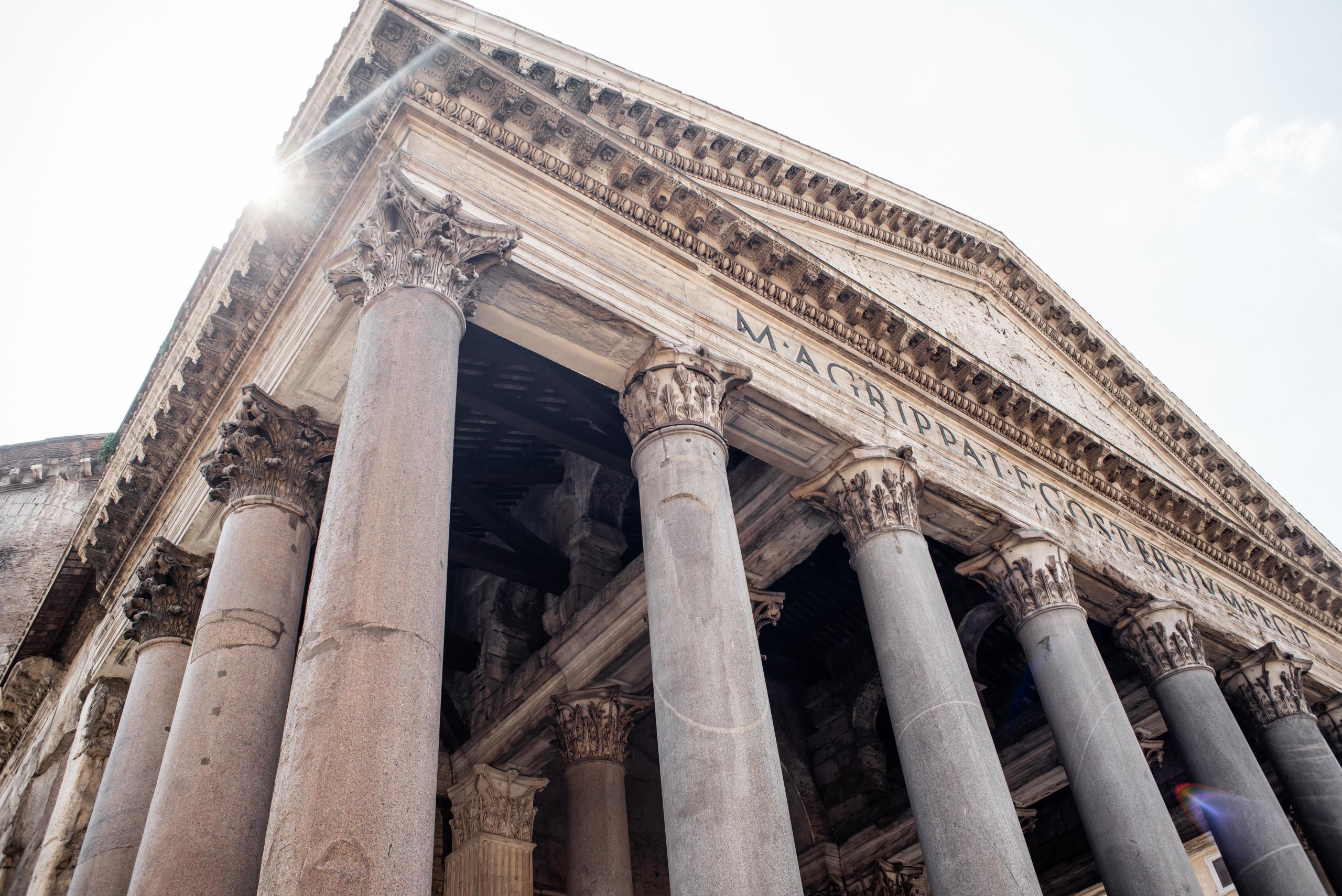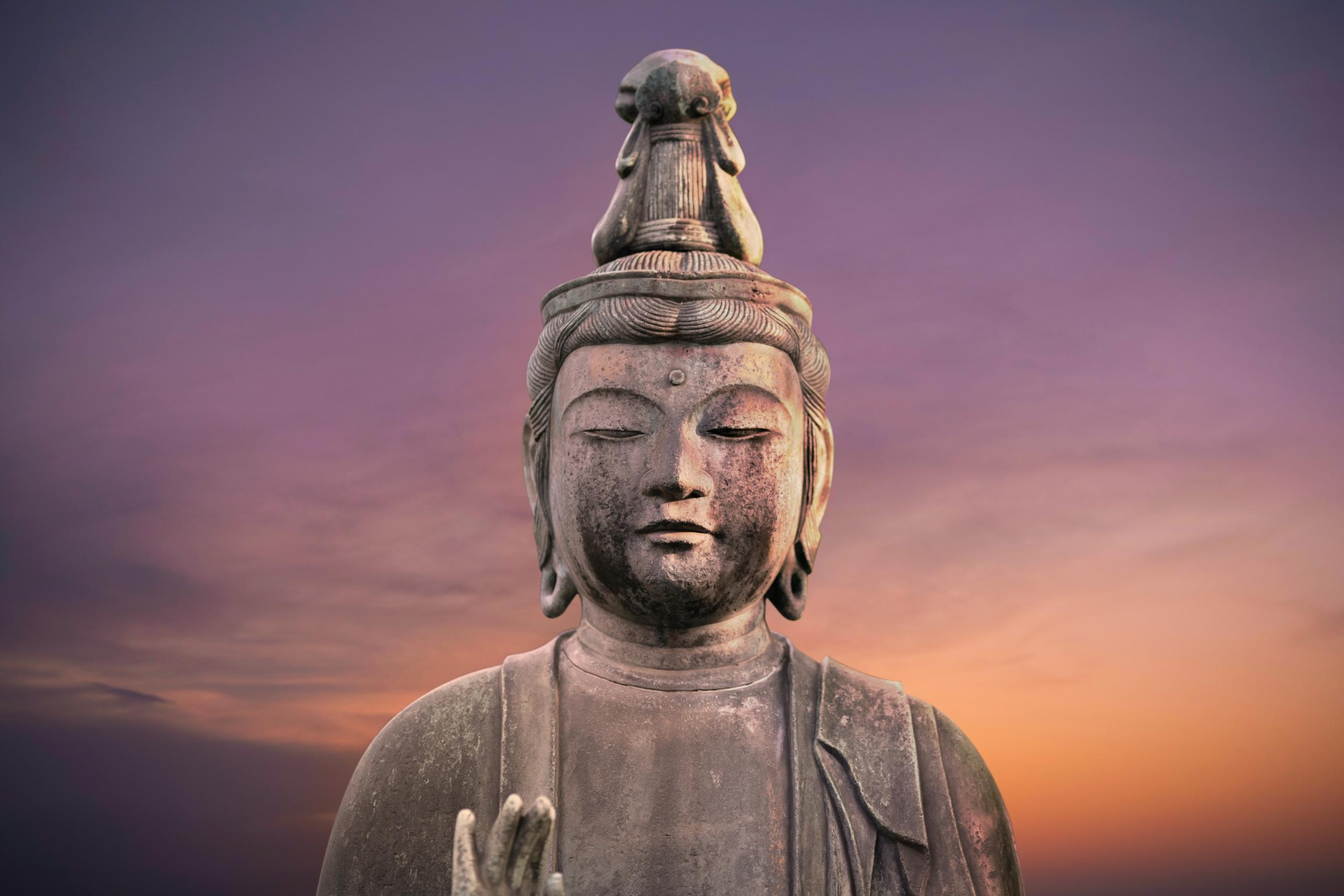If you want to know the origin of sculpture, you will need to look deep into history. From antiquity to renaissance sculpture to the modern sculptures of today, it is varied in its forms.
In this article, we will look at statues that are site-specific, expressive and kinetic. Not only will you find out about the longevity of artistic sculptures, but their qualities and what it is that makes sculpture a three-dimensional art form.
Firstly, sculpture in 3D makes it more durable. Whether it is constructed on marble, ceramics or stone, it should last longer than paint on a canvas. It is why it seems that the origins of sculpture go back to man’s earliest history or before any other form of art, but perhaps this is because it is generally so well preserved.
So what defines artist sculptures?
Well, anything in 3D is legitimately a sculpture and the reason why sculptures are made with so many varying types of material is that different artists have different preferences. While some prefer bronze, others many prefer working in marble or ivory. This is partly why there are so many different sculpture styles. From outdoor, figurative and kinetic to architectural, public art and sculpture gardens, the list is extensive.
Over the past 150 years, the lines between visual arts have blurred, making it sometimes difficult to place many forms of art including artist sculptures from just about every era.
To truly understand it all, one must start with the origin of sculpture and its journey through the ages.
So from prehistoric times and renaissance sculpture to what we describe as modern sculptures of today, buckle up, you are about to get an overview of it all.
Want to give private lessons?
Join the Superprof community and share your knowledge with inquiring and motivated students.
The Origins of Sculpture Might Shock You
If you want to know how far back the origin of sculpture goes, you may be in for a surprise. The earliest known artist sculptures found to date, are between 35 000 and 40 000 years old. And while it may be controversial to brand them artist sculptures, we do know that they come from south Germany.
The oldest, a figurative sculpture called Löwenmensch (‘lion-man’) is of a human form, but with a lion’s head. The other, which is the undisputed oldest figure of a human is called Venus by Hohle Fels.
As will become clear through this quick trip through history, sculptures, even artistic sculptures, were more about ritual and religion than they were about décor.
In looking back at the origins of sculpture, it is widely accepted that early sculpture bore strong themes of sexuality and fertility. What is perhaps more amazing is that the Aurignacian communities made sculptures even through their continuous struggle for survival.

While there is not much that is agreed on about these pieces, taking art classes on Superprof might provide you with more insight.
The Sculptures and Sculptors of Antiquity: Ancient Greece, Egypt, Rome, and Mesopotamia
So while there is very little knowledge concerning the primitive civilisations behind the earliest artistic sculptures, there is plenty of information about the boom in art between 4 500 BC and the conclusion of the Roman Empire.
It seems crazy to group the diversity of themes, geography and styles under one title, however, these classical periods mark the origin of sculpture as we know it today.
Ancient Mesopotamian and Egyptian Sculpture
The secular origins of sculpture began during the ancient Mesopotamian and Egyptian ages. Its beginning is estimated to have begun around the time of the Great Sphinx of Giza when artist sculptures became symbols of status and power.
Similarly, sculptures were also created to memorise battles. Two examples are the Mesopotamian Stele of the Vultures and Egypt’s famous canopic jars.
Hellenistic and Roman Sculpture

As a science, as well as the knowledge of anatomy, motion and physiology, advanced under the influence of the Greeks, sculpture became more naturalistic and representational.
While it did not relinquish the religious elements of sculpture, especially as many were placed in temples, Greek sculpture is famous for emulating the human figure.
The time period 450 and 400 BC is known as the zenith of Greek sculptural culture.
A large part of this was due to the work of Phidias who was known for his statue of Zeus at Olympia and was one of the most influential and important Greek sculptors.
Roman sculpture learnt all it could from the Greeks and Etruscans. Their work, mainly in bronze was primarily concerned with portraiture.
Early Christian Sculpture
The birth of Christianity later during the Roman Empire caused many sculptural traditions in Europe to decline. This was partly due to the belief that the Ten Commandments forbade carvings of images. A general instability across the European continent means that there are few surviving medieval sculptures left.
In Scotland, Britain and Scandinavia, the tradition to erect massive stone carvings continued. These were often in the shape of crosses.
In general, early and late medieval sculpture was defined by its connection to Christianity because it adorned tombs, churches and other religious items.
Two styles that are most recognisable from this period include Romanesque and Gothic art which originated from France. Both of these laid the foundations for Renaissance sculptures.
Learn more about world famous sculptures.
Want to give private lessons?
Join the Superprof community and share your knowledge with inquiring and motivated students.
Renaissance Sculpture
When it comes to the Renaissance, it is widely accepted that it is the peak in literary and artistic culture.
This is true in many ways, but like all artistic movements, the Renaissance was dramatically influenced by what came before it.
In the same way that Greeks and Romans moved away from religious imagery and focused on the human figure, Renaissance sculptures did the same. Artists like Michelangelo and Donatello, both of whom made versions of David, translated their knowledge of the human anatomy into very life-like statues.
These names, along with da Vinci, are associated with Renaissance sculpture and style called Mannerism.
There’s no doubt, Renaissance sculpture birthed some of history’s most famous sculptors.
Neo-Classical, Baroque and Rococo Sculpture
While the Renaissance focused on human figures, the movements that followed took an interest in dynamism and it is how Baroque sculpture came about.
During the 17th and 18th centuries, sculptors like Gian Lorenzo Bernini made artwork that was visible from all angles. This was quite a departure from the reliefs that came before it. So while Baroque was focused on large work, rococo focused on small sculpture. What it lacked in size, it made up in decorativeness and drama.
Unsurprisingly, the excessive decorativeness resulted in criticism which led to a boom of neoclassical work during the late 18th century. The return to classic Renaissance principles saw an increase in simple figures like those of Antonio Canova.

Rodin: The Start of Modernist Sculpture
The turn of the 20th century saw the concept of modernism begin to dominate the art world.
From sculptors, painters, writers, architects and musicians there was a collective attempt to make all things new.
The person who did this best when it came to modern sculptures was Auguste Rodin.
From the final years of the 19th century Rodin’s modern sculptures were less posed and more impressionistic. His work was realist but not to the extent of previous trends that focused on mythical or religious figures.
Rodin made one of the biggest impacts since Renaissance sculpture and even has one of the world’s most famous sculpture museums named after him.
Modern Sculptures of the 20th Century
Indeed, much 20th century sculpture followed the trail blazed by Rodin, but it also brought about a massive production of alternative ideas as to what art and indeed modern sculptures were about.
Throughout the rest of the century, sculpture became more simple, abstract and symbolic. It became increasingly concerned with shape, movement, darkness, light and different materials.
Famous names from the 20th century include Marcel Duchamp, Pablo Picasso, Henry Moore, Alberto Giacometti and Constantin Brancusi.
Contemporary Sculpture
Today, the possibilities that are open to contemporary artists are seemingly endless. As mentioned at the beginning, the lines between different forms of art are constantly being blurred and contemporary sculpture is often not a representation of what first comes to mind.
Yet, it is this diversity that makes contemporary sculpture beautiful.
From Unmade Bed by Tracey Emin and Spiral Jetty by Robert Smithson to Self by Marc Quinn and White Water Falls by Richard Long there are many sources of inspiration available if you would like to know the basics of sculpture.
Want to give private lessons?
Join the Superprof community and share your knowledge with inquiring and motivated students.





